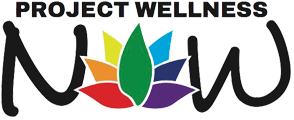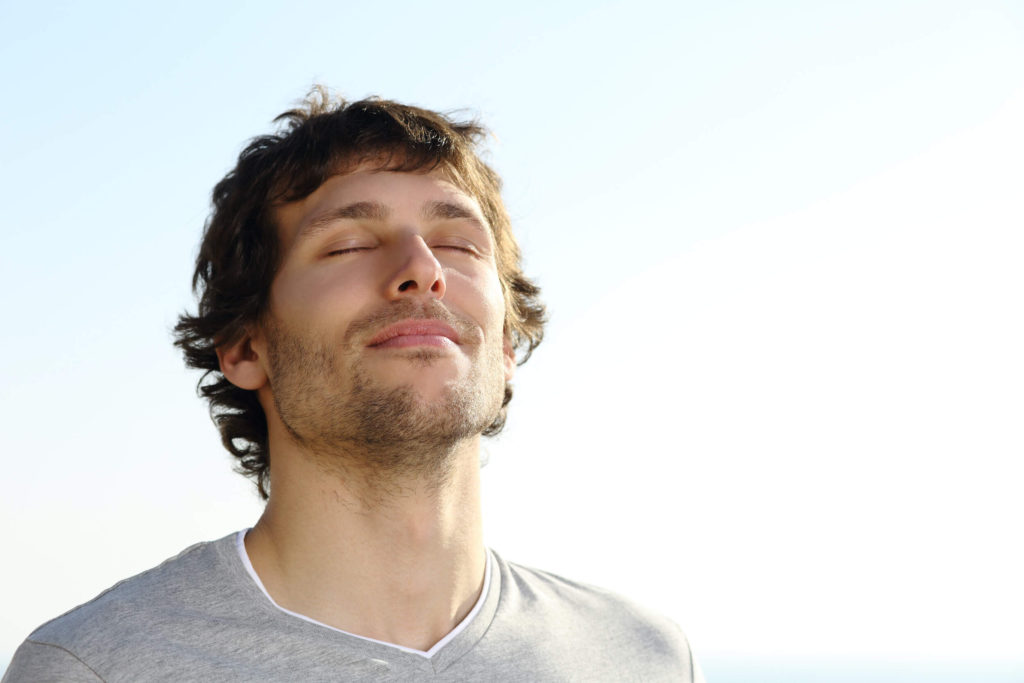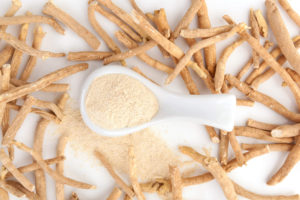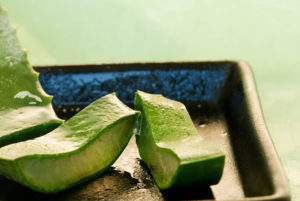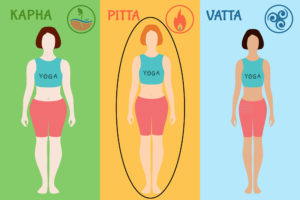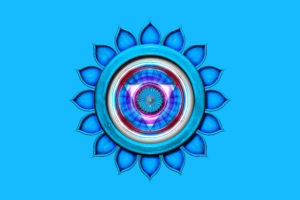By Esse Johnson
I believe that a primary reason for getting older and wiser has become such a physically painful ordeal for so many among us in the West is because we are so out of a relationship with our bodies. Not always, but often, age-induced deterioration doesn’t happen suddenly, but is a condition we spent our lives developing. It’s not just years, but years of wear and tear without enough rest and recuperation that accelerates our physical challenges.

Now don’t think I’m wagging my finger at more than half the population for getting it wrong. I hate the religious overtones sometimes associated with good health practices, causing some to feel superior while others are shamed. We’ve just never been taught how to hear the body’s signals and give it what it needs. On the contrary, we take lots of drugs and meds that turn off our body’s internal communication, preferring to numb the signals of inflammation, pain, or hunger than to heed them.
ENTER: YOGA

Image: Stephen Yang, New York Post
The medical consensus is that Dowager’s Hump can only be helped with surgery, if at all. Yet, the image above is from New York Post’s famous story of Anna Pesce, the 86-year-old woman whose hunchback was restored to a flat back doing yoga.
What Is Yoga?
Most of you know what yoga is, but I want to put a certain spin on it. “Hatha Yoga” was originally developed in India as a means to spiritual enlightenment. The concept was simple: bring the body to such health and wholeness that it can be still and not interfere with hours of meditation practice. There are many forms of yoga, some of which incorporate various spiritual practices that not everyone is comfortable with, but that is not what this is about. Yoga has brilliantly identified therapeutic postures and movements that keep the body balanced, limber, strong, and vibrant. Whether you call it “mountain pose” or just standing up straight, your body recognizes the language of movement and position and will thank you for doing it.
Breathing
The breath is life! When you breathe deeply and slowly, you give your body more oxygen to carry to your cells, and this results in more energy (again, life!). Studies have even shown that mindful and yogic breathing can lower high blood pressure.
Ever heard the new old saying, you are what you digest? Your nourishment is only as good as your ability to break down and assimilate nutrients in food. Having poor digestion and being nutrient deficient will quickly age us. When cells don’t have the nutrition they need, they become damaged. The damaged cells then reproduce and multiply. Surprisingly, deep, slow, conscious breathing has also been shown to help improve digestion.
Can focusing on the breath also help prevent wrinkles and lines? Ever seen a habitually stressed-out person’s face? Disgruntled facial expressions are caused physically by muscle tension around the forehead, mouth, and cheeks. When an expression is frequently repeated, the body eventually conforms to that shape and recreates it for us. Additionally, a process called oxidative stress accelerates the breakdown of skin elasticity, but yoga and conscious breathing have been shown to reduce oxidative stress. Simply put: when you relax your face and take lots of moments to smell the roses, you help your anti-aging skin creams do their job, and you make wrinkles and lines less likely to form.
Google it and you’ll find tons of anti-aging benefits associated with conscious breathing, but the takeaway for us today is that anytime you spend time focusing on your breath, you are connecting your conscious attention with your physical body. This is good. This is very good. This is what will train you to know what your body is saying when it is saying it, and what it is asking for—sleep? water? exercise? a little fun? If this is new to you, you’ll be stunned by how much your little cells have been talking all along.
6 YOGA POSTURES FOR ANTI-AGING
The signs of unhealthy aging are far more than what meets the eye. Brittle bones, muscle loss, stiffness, and inflammation are processes, not events. I believe there is also such a thing as healthy aging. Personally, I think well-groomed silver or white hair is beautiful. There is a scripture that says gray hair is a crown of glory. Those who are more advanced in years are full of wisdom that the rest of us desperately need. Even twenty-year-olds have lots to share with those younger than them, and being over 35 does not necessarily have to mean the beginning of the end (as so many seem to think!). If you pay attention and learn to take care of your body, you can prevent a lot that has often been touted as inevitable. Just look at Anna Pesce. She started at 86 with Dawager’s Hunch and inside two months was standing up straight again. Try these poses as a good anti-aging start.
To get detailed instructions, Yoga Journal has a database of poses with pictures and step-by-step guides. Additionally, there are lots of YouTube videos with awesome free tutorials and classes. I love Yoga With Adrienne.
1. Facial Clenching & Relaxing
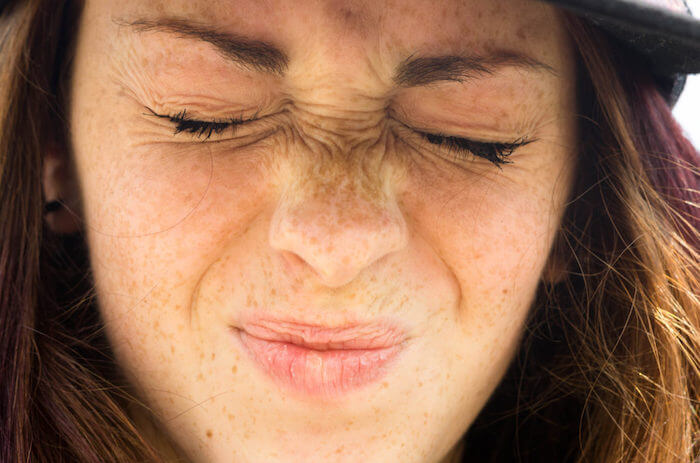
Simple yet powerful, simply tense your facial muscles intentionally for a few seconds and then relax. Doing this will help tremendously in releasing tension and keeping a soft, smooth expression.
2. Mountain Pose with Gentle Rocking
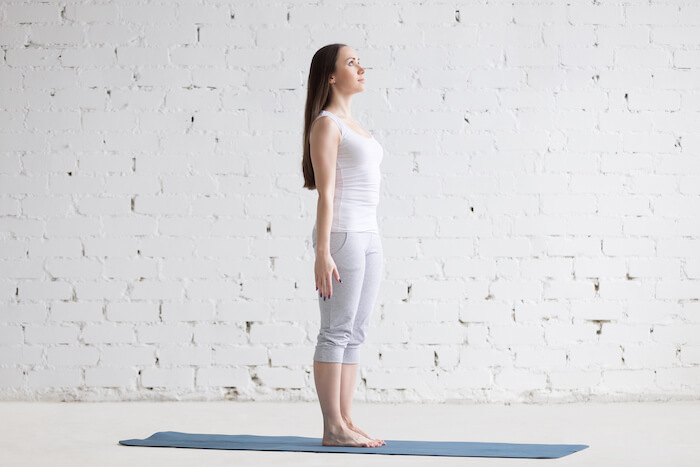
A slight variation on Mountain, come into it by standing tall with feet flat on the ground and gently rocking or shifting the weight forward and back and side to side—small micro-movements, not dramatic big ones. Notice how the weight is distributed on your feet. Finish by slowly coming to the center with weight equally distributed on all four corners of both feet, breathing consciously for at least 5-10 breaths. This will increase postural awareness and balance.

3. Chair Pose
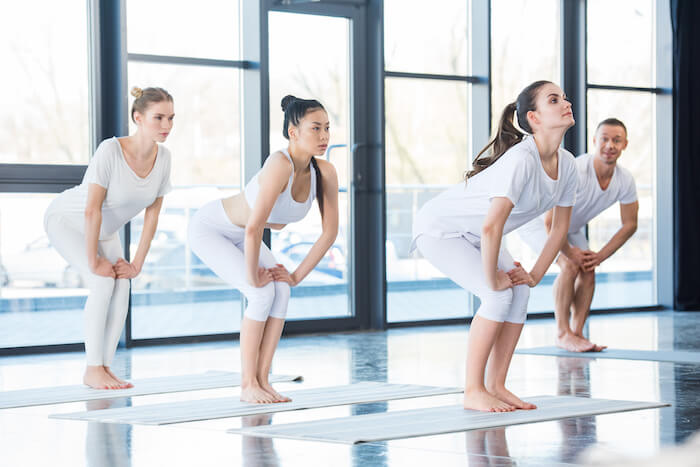
Do a standard Chair Pose with arms extended straight in front of you. Chair pose helps with balance, gives a light stretch to the spine, and also strengthens your thigh muscles, necessary for protecting the knees.
4. Tree Pose

Tree Pose can be a little more advanced, but you can start with the beginner’s version. Stand in the mountain pose. Shift your weight to one leg. Either: press your foot up to the opposite ankle, work on getting it up to the calf or, for the full advanced version, high on the thigh. Tree Pose strengthens the lower body, practices balance, and increases lower body flexibility.
5. Downward Dog
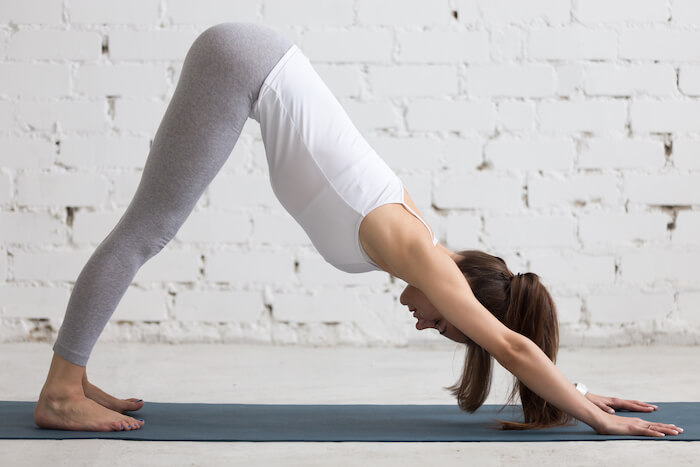
Do a standard Downward Dog. The more you do it, the easier it will get. Downward Dog strengthens the upper body, stretches the entire backside, and promotes a healthy spine.
6. Plank
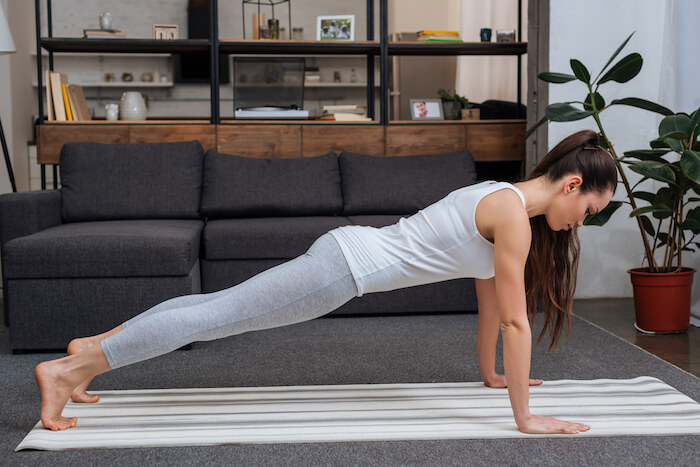
It looks easy, but it can be wonderfully challenging. Plank strengthens the shoulders and arms, trains the core (both back and abs), which is VITAL for helping to prevent muscle loss, stiffness, and injury, and will put you in touch with your breath.
ALSO RECOMMENDED FOR YOU:
YOGA FOR THE KAPHPA SEASON==>
BALASANA – CHILD POSE: SOOTHE AND RELEASE==>
YOU MAY ALSO LIKE:
ASHWAGANDHA – A POWERFUL ADAPTOGEN
Ashwagandha is a powerful adaptogenic herb employed in western Ayurvedic medicine to restore balance, strengthen the immune system, and aid well-being….
THE 6 BEST SKINCARE INGREDIENTS FOR A CLEAR, SMOOTH COMPLEXION
Achieving a clear and smooth complexion is the ultimate skincare goal for many people. However, it can be not easy to…
YOUR SKINCARE SUPER-HERO: THE MYRIAD BENEFITS OF ALOE VERA
THE SKIN: OUR LARGEST ORGAN Did you know that the skin is our largest organ? It’s true! And because it’s our…
TOOTH SENSITIVITY – WHY YOU HAVE IT, WHAT YOU CAN DO ABOUT IT
By Dr. Yvette Porter Tooth sensitivity happens when the enamel protecting your teeth gets thinner. It can also happen when gum…
YOGA PRACTICE FOR THE PITTA SEASON
In Ayurveda, summer is known as the Pitta season. Those people whose primary constitution is Pitta will be the ones who will most strongly experience…
WHAT YOU NEED TO KNOW ABOUT YOUR THROAT CHAKRA
Do you feel stuck in your vocal expression, have a hard time expressing yourself verbally or experience difficulty speaking up for…
